How to caramelize meat for stews and braises
Sep 07, 2011, Updated Apr 13, 2024
This post may contain affiliate links. Please read our disclosure policy.
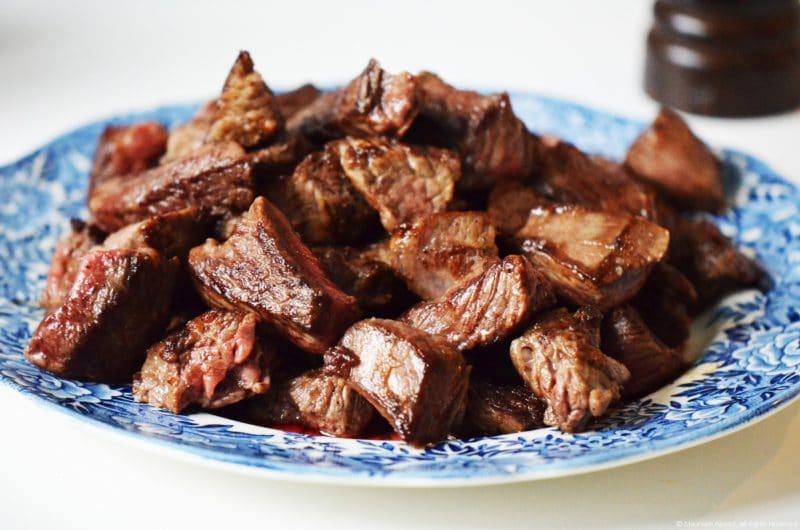
I asked my sister, the yahneh expert, about the what cut of meat she likes to use in this Lebanese green bean stew.
“I use leftover prime rib, or chuck roast that’s leftover or fresh,” she said. “The best yahneh I ever made was with the prime rib leftover after Ruth’s funeral. Do you remember how good it was? You can also use filet minion.”
You mean you use leftover filet, I said.
“No,” she said. “I mean I buy it fresh and use it like that. Just to make people mad. And I mean GOOD.”
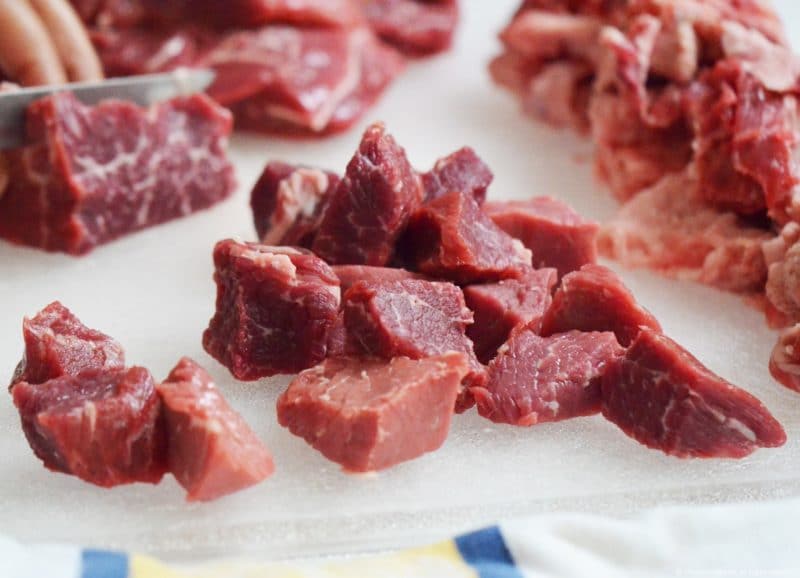
Anyway, we are using a fresh chuck roast for ours, about 2.5-3 lbs. Here is the technique for preparing the meat:
Before adding meat to any stew or braise, it is important to brown the meat first. This accomplishes two things: it caramelizes the meat, giving it beautiful color and deepening the flavor. Browning the meat also develops the fond—dark caramelized bits of meat and juices—on the bottom of the pan, providing another layer of flavor to the stew.
Trim most of the fat and all of the silver skin. Cut into 1” pieces; you’ll end up with about 2 pounds of meat. Dry the meat and season lightly with salt and pepper.
In a large heavy pan (ideally coated cast iron; I didn’t have mine with me so I used a heavy All-Clad pan), heat a tablespoon of olive oil over medium high heat. Add several pieces of meat to the pan leaving space between each piece; the meat must be browned in small batches so that each piece has plenty of room. If you crowd the meat it won’t caramelize; instead it will just steam in all of the juices released from too much meat. So take it easy and don’t get irritated that much of the bottom of the pan has free space where you’d like to place more meat. Keep the heat medium high but beware not to burn the bottom of the pan. Move the pan on and off the burner to regulate the heat.
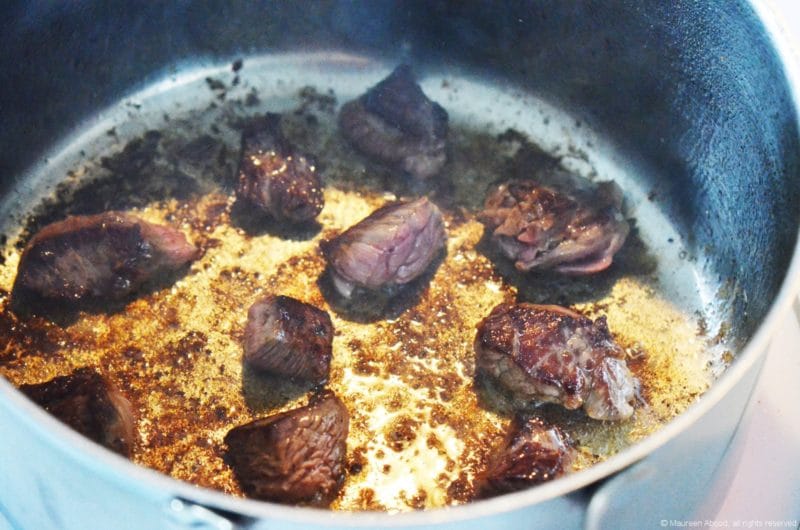
Turn the meat when it starts to release freely from the pan. Brown and caramelize all sides of the meat. Remove each piece of meat as it is done, add more meat to the pan, and repeat the process. When all of the meat is caramelized, remove the pan from the heat until you are ready to proceed with making the stew. Keep the browned meat on a platter nearby and try not to eat it all, so that you have some left for the yahneh.


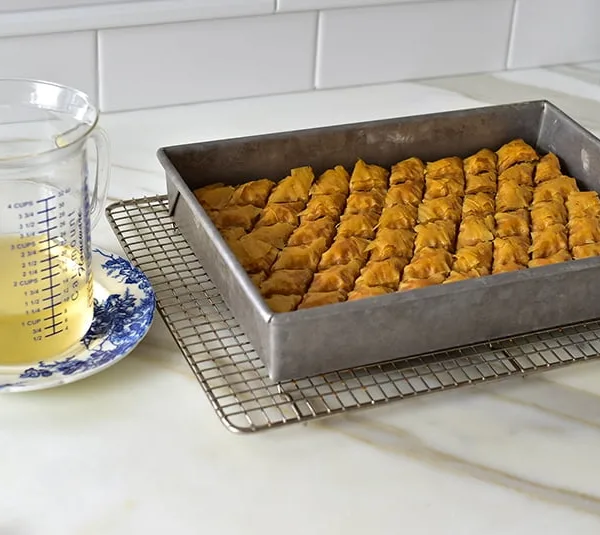
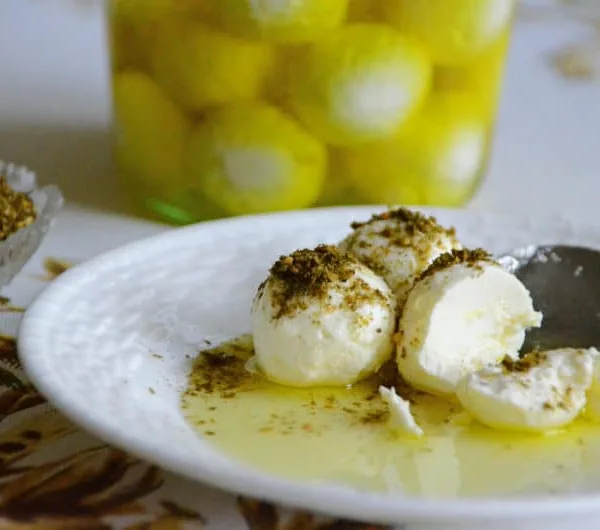







I love rooz and yuknee! I like it best with whole okra rather than the green beans. That’s how my mom used to make it (she used sliced okra, tho)!
It is so delicious with okra! Haven’t had that in ages but it’s how my Sitto made it too. Thanks Ginnybee!!
I have met several Lebanese in the US who have a predilection for the Uncle Ben’s too; don’t know why because that was not the rice my grandmother used; she used Egyptian rice which is now sold in the US at middle-eastern stores; love this post!
The best “rooz & yuknee” that I make is with left-over prime rib from Christmas dinner. In keeping with Abood customs, we always get a larger-than-necessary boneless seasoned prime rib so we can enjoy those left-overs. We’ve found the prime rib from Merindorf’s meat market to be the best in mid-Michigan. My mother always insisted that the rice must be Uncle Ben’s Converted (in the orange box)…is that something that Sitto, Aunt Hilda or Aunt Helen taught her?
Love your blogs, Cousin…keep up the great work!
Reading your postings on your website are such a treat. I only wish that the postings came with tastings!! XX Anne